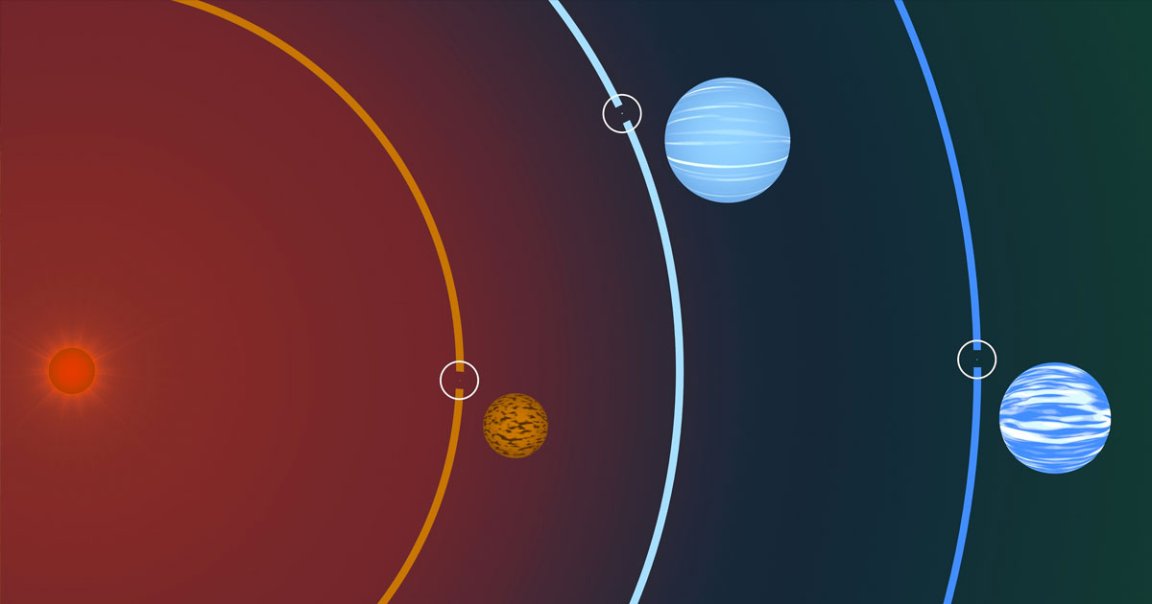
Star Lab
Since launching in April 2018, NASA’s Transiting Exoplanet Survey Satellite (TESS) has already discovered 21 new exoplanets — but three of them have astronomers particularly excited.
This trio of exoplanets is orbiting a star just 73 light-years away from Earth, which is essentially our cosmic backyard — and scientists believe the system could serve as the ideal “lab” for exoplanet research.
Bright Side
Astronomers named the system TESS Object of Interest (TOI) 270, and at its center is an M-dwarf star called UCAC4 191-004642 that’s about 40 percent smaller than our Sun.
While M-dwarfs are typically highly active, UCAC4 191-004642 is relatively quiet, giving off a steady brightness that will make it easier for scientists to study the rocky super-Earth and pair of sub-Neptunes orbiting the star.
Missing Link
Those sub-Neptunes are the perfect size to fill a “missing link” in scientists’ understanding of planetary formation, according to a press release, namely whether small Earth-like planets and massive Neptune-like worlds evolve separately from one another.
“TOI-270 is a true Disneyland for exoplanet science, and one of the prime systems TESS was set out to discover,” researcher Maximilian Günther said in the press release. “It is an exceptional laboratory for not one, but many reasons — it really ticks all the boxes.”
READ MORE: TESS hits the trifecta: Nearby bright star has 3 interesting planets [Ars Technica]
More on exoplanet discoveries: NASA Just Released an Incredible Map of All Known Exoplanets